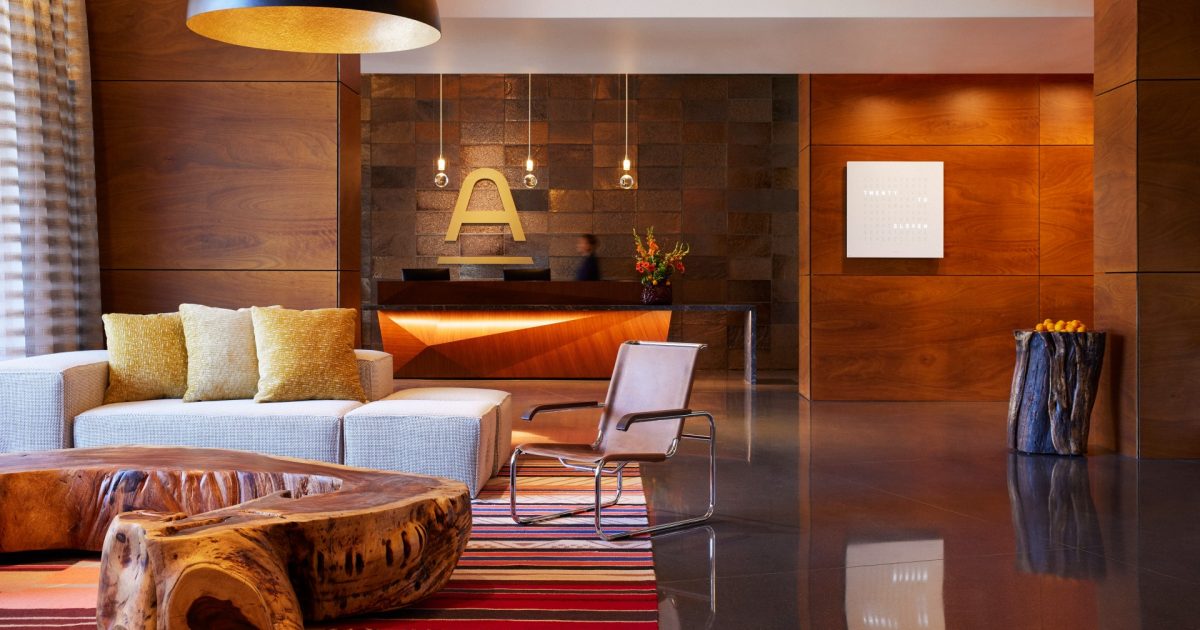No products in the cart.
Fitness Tips
Best LEED-Certified Hotels for Eco-Friendly Travel
Let’s face it, the hotel biz isn’t exactly the most eco-friendly industry. Colossal properties and wasteful resorts tend to have a pretty hefty environmental footprint. But one easy way to plan a greener getaway is to start with your hotel booking. The lodging industry has seen a barrage of eco-friendly seals of approval and certification programs. However when it comes to green building rating systems, LEED-certified hotels reign supreme.
Chances are you’ve heard of LEED certification, which stands for Leadership in Energy and Environmental Design. Developed by the United States Green Building Council, it’s become the most widely used green building rating system in the world. It essentially sets the global eco-standards for sustainable building practices and helps travelers see at a glance whether or not their hotel is an environmentally responsible choice.
To earn points, buildings are evaluated for meeting certain green criteria across various categories, such as sustainable sites, water efficiency, energy and atmosphere, materials and resources, indoor environmental quality, and innovation in design. Based on the number of accrued points, a building is categorized into one of four tiers: LEED Certified (40-49 points), Silver (50-59 points), Gold (60-79 points), or Platinum (80-100 points).
The program’s popularity has snowballed with architects, property developers, and even the general public since its creation in 1993. With Earth Day approaching, here’s a look at some of the most impressive LEED-certified hotels across the country. Read on to learn how these eco-friendly escapes get creative with their design, programming, and practices.

1. Proximity Hotel: Greensboro, NC
The city of Greensboro became even greener when Proximity Hotel opened its doors in 2007. When it comes to the sustainable lodging movement, this 147-room luxury boutique property is a bona fide trailblazer. It made history by becoming the first hotel in the nation to achieve a LEED Platinum rating. Even better, the adjacent Print Works Bistro also received the top level of certification. More than 70 intentionally sustainable practices were implemented during the planning and construction phases. Roughly 87 percent of construction debris was recycled, diverting more than 1,500 tons of waste from landfills. Most of the furniture was crafted within 18 miles of the hotel, and an artist-in-residence created 500 original pieces from a temporary on-site studio, which eliminated packaging and shipping materials. The 4,000-square-foot rooftop is covered by 100 solar panels, which heat the majority of water used in the hotel and restaurant. Groundbreaking technology also played a part. Newly engineered variable-speed hoods in the restaurant enable smarter energy savings, and efficient new elevator models can capture energy and feed it back into the hotel’s electrical grid. Overall, the hotel uses 41 percent less energy than a comparable hotel, and water usage has been cut by a whopping 33 percent.
For access to exclusive gear videos, celebrity interviews, and more, subscribe on YouTube!
Source link

